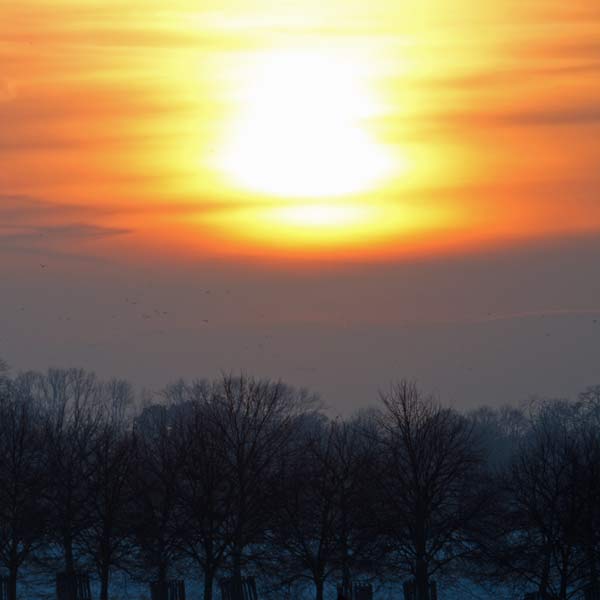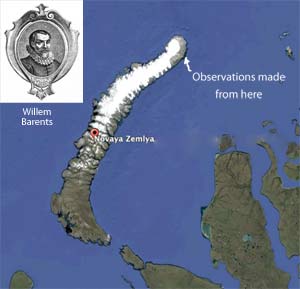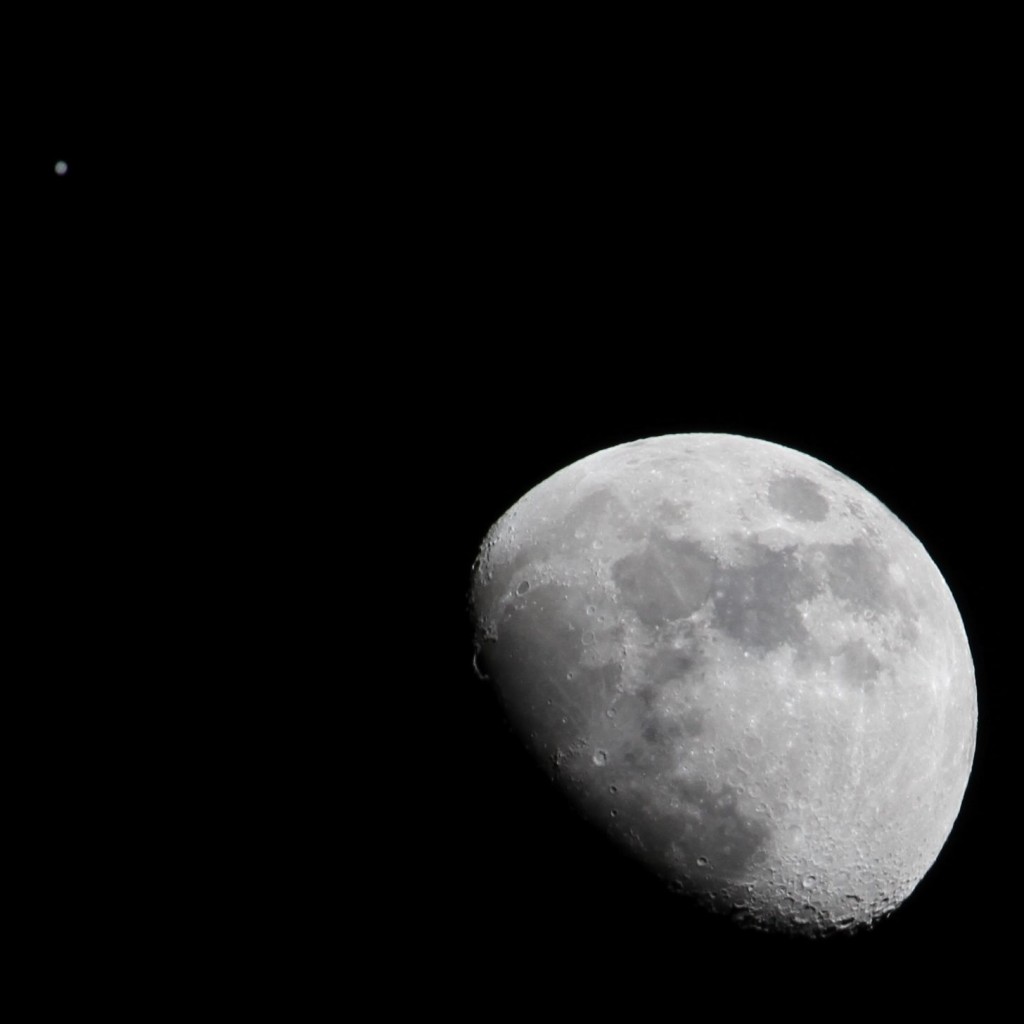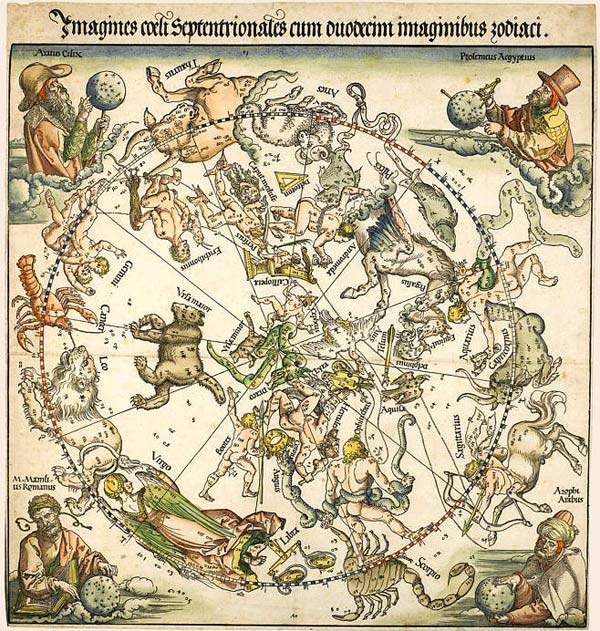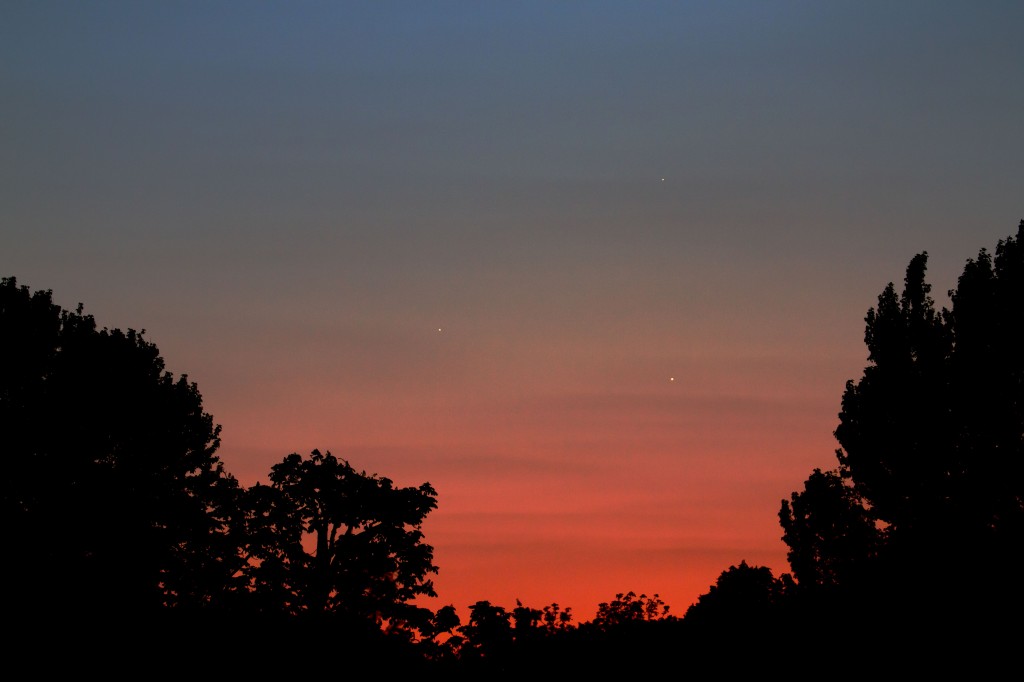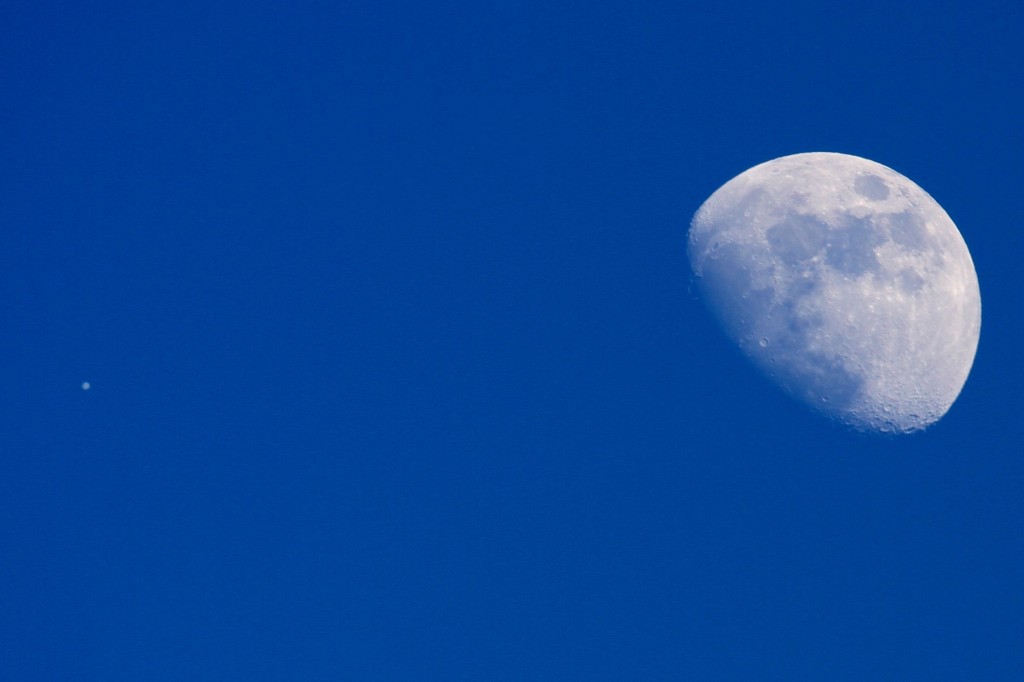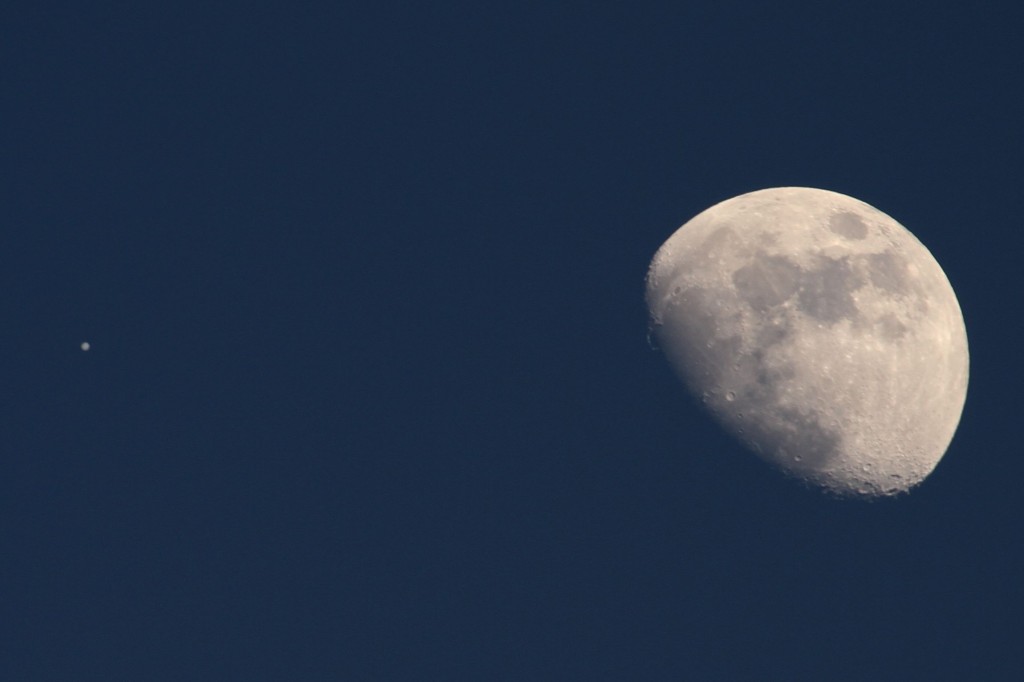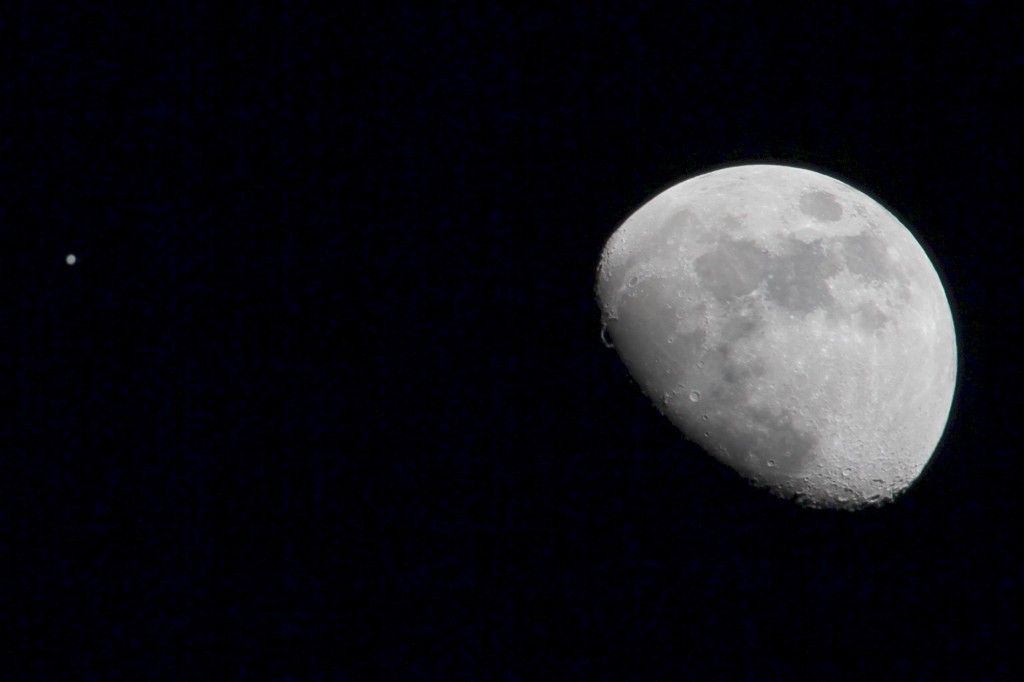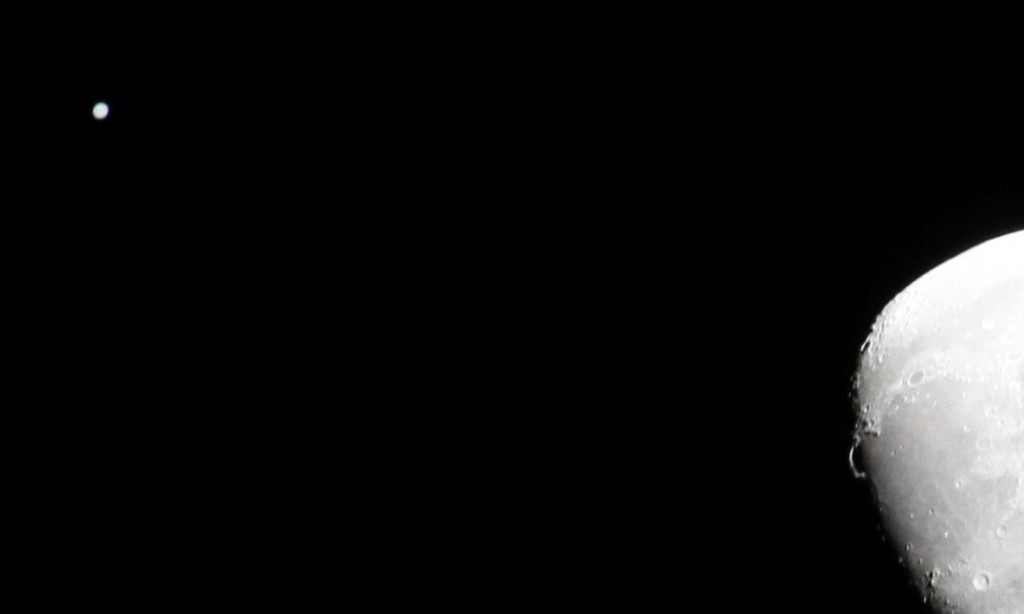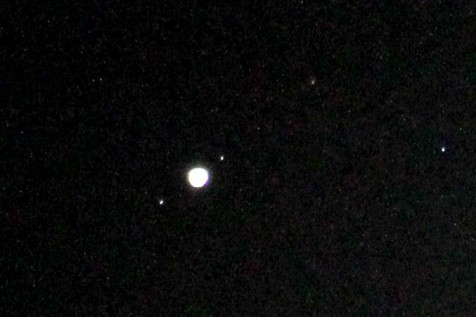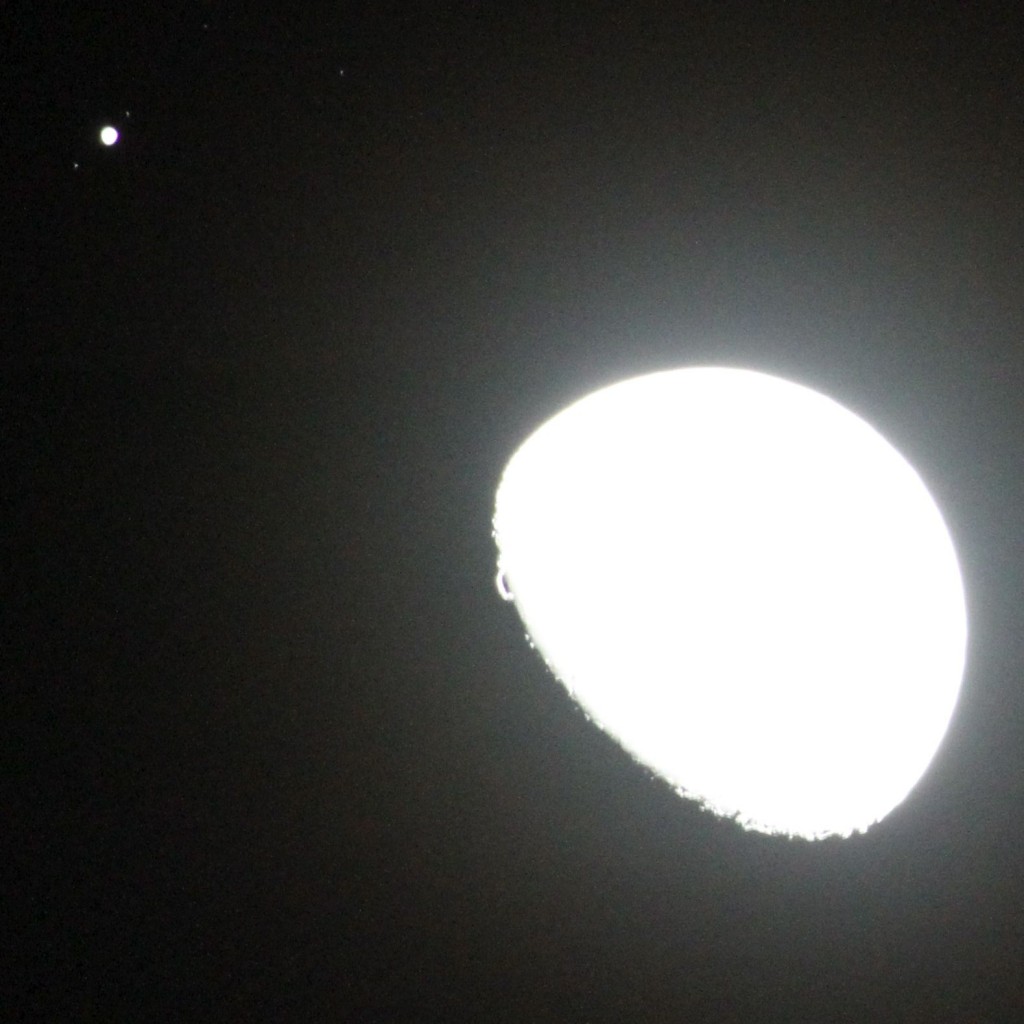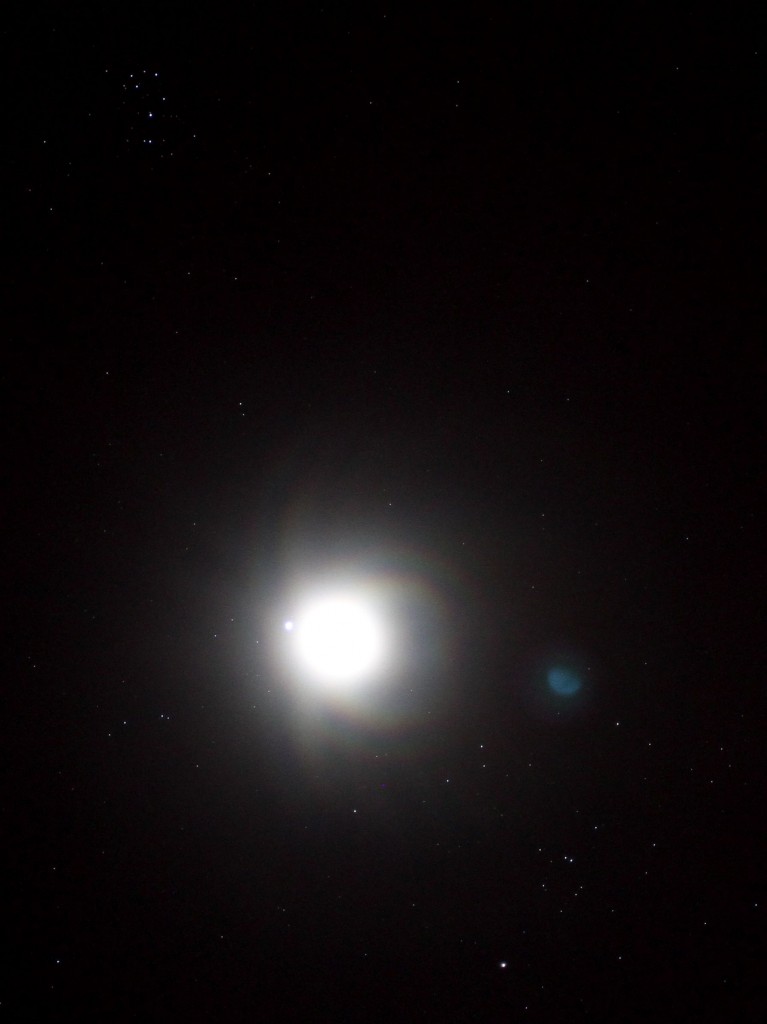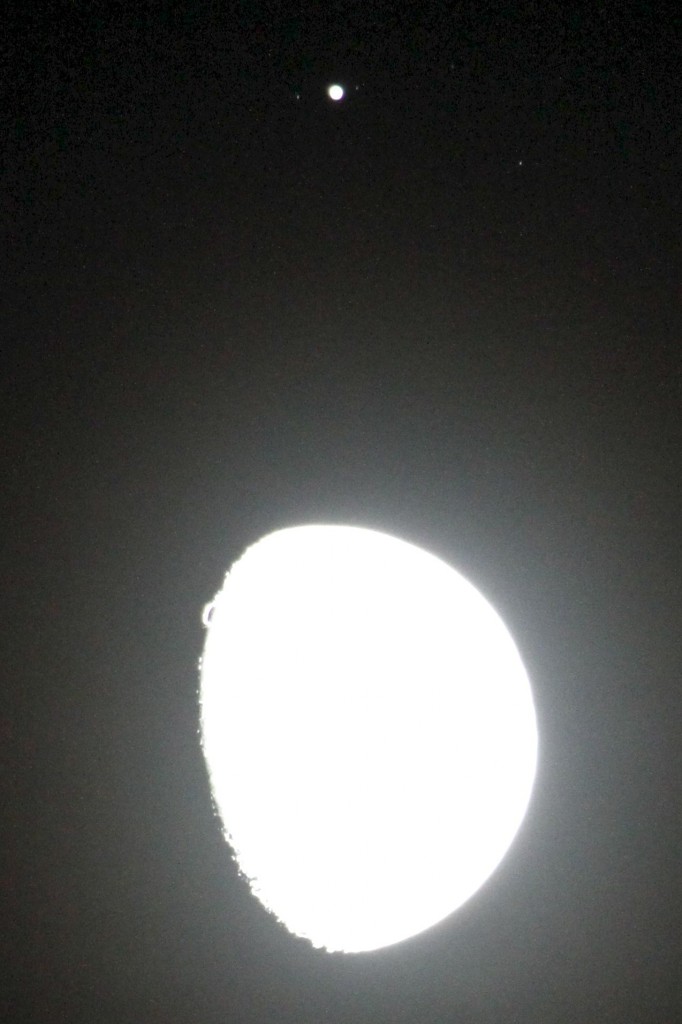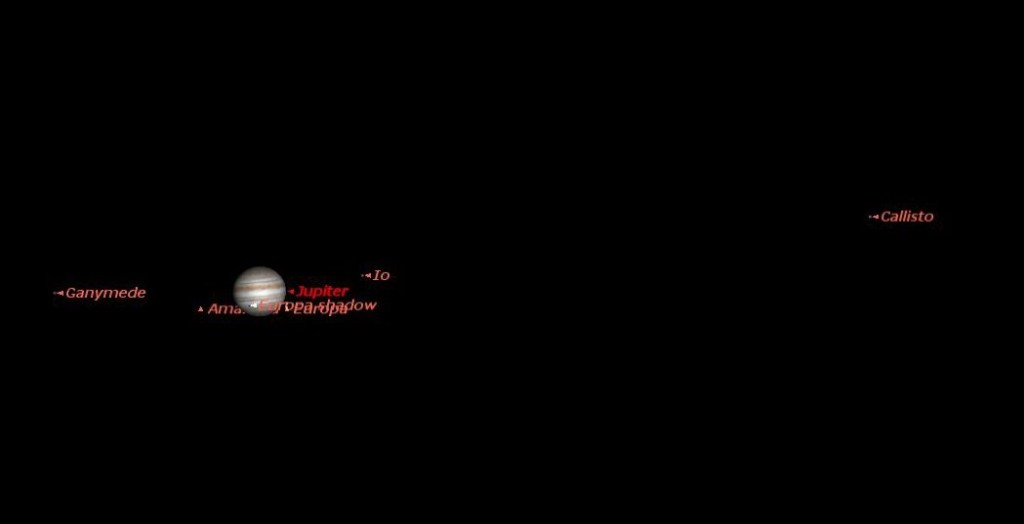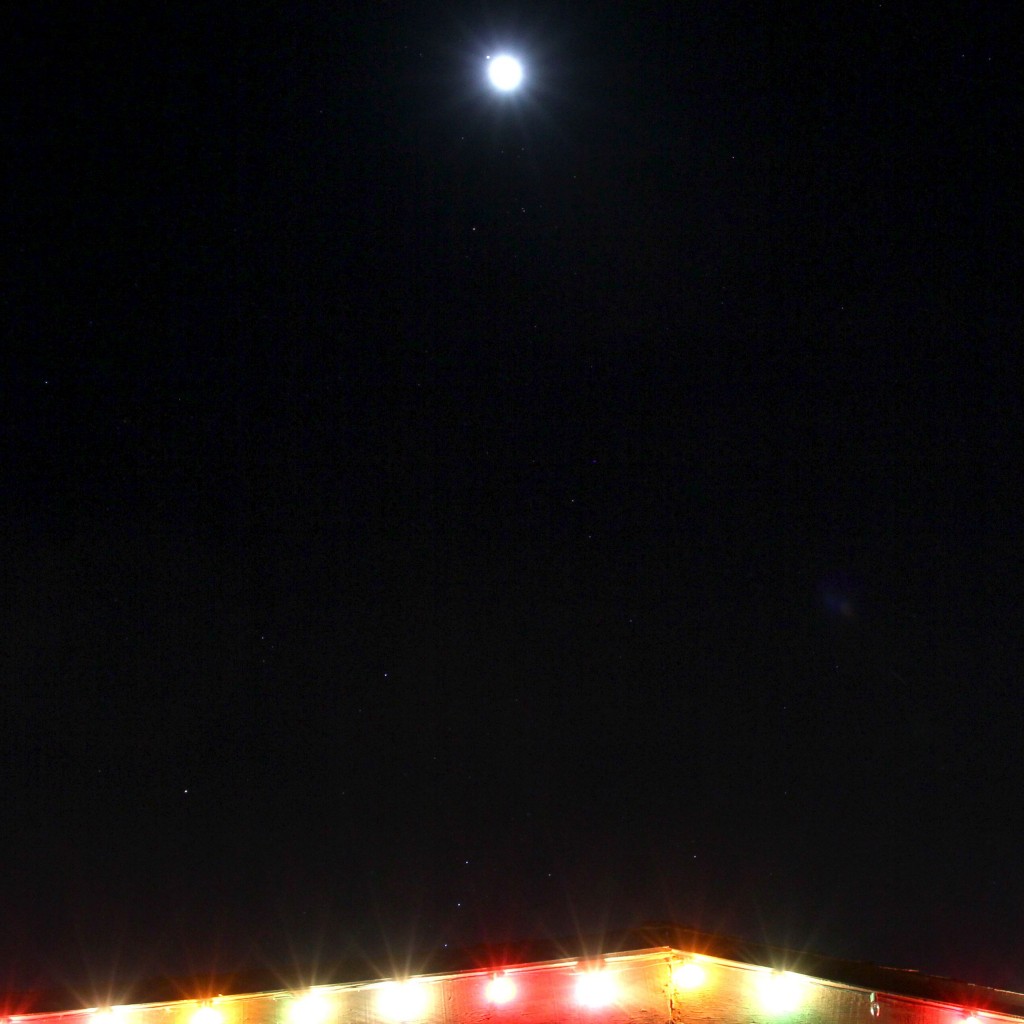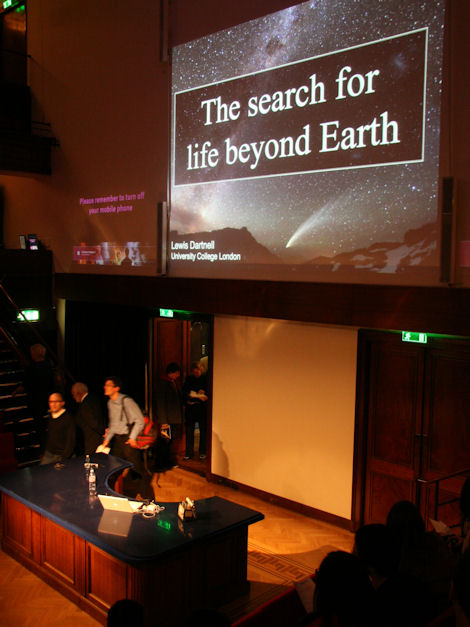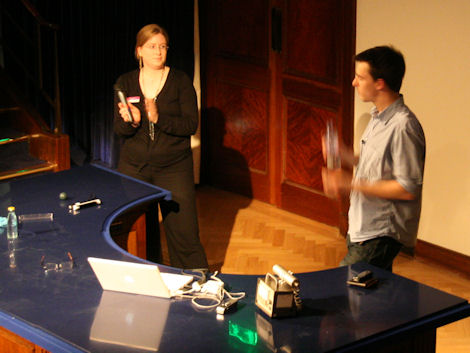A Polar Phenomenon
In May 1915, Ernest Shackleton and the crew of Endurance entered their fourth month trapped in the frozen Antarctic’s Weddell Sea. The ship’s navigator added to the gloom forecasting a sunless sky for the next seventy days. You expect this at above 75° South. Then on the 8th of May something strange happened. The Sun reappeared – several times:
The sun, which had made “positively his last appearance” seven days earlier, surprised us by lifting more than half its disk above the horizon on May 8. A glow on the northern horizon resolved itself into the sun at 11 a.m. that day. A quarter of an hour later the unseasonable visitor disappeared again, only to rise again at 11.40 a.m., set at 1 p.m., rise at 1.10 p.m.. and set lingeringly at 1.20 p.m.
Ernest Shackleton, 19151
Shackleton understood the effects of atmospheric refraction, that temperature and density differences can bend light, especially near the horizon. At sunrise and sunset the Sun’s disk may appear lengthened or flattened, or displaced from its true position in the sky.
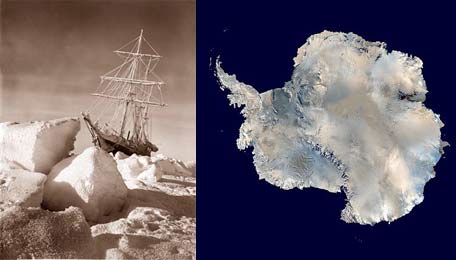
Mariners knew of the phenomenon, referencing standard refraction tables to correct sextant readings for navigation; but the system broke down below about 6 degrees, where refraction increased rapidly and non-linearly.
In this case, as Shackleton recorded in his journal, the Sun was 2 degrees and 37 minutes (2°37′) from its true position, 2 degrees more than the refraction tables predicted. Plotting position from this observation would place the Endurance 120 miles from its actual location.
The Novaya Zemlya Effect
What Shackleton experienced was an extreme case of atmospheric refraction known as the Novaya Zemlya effect.
It was first reported in 1597 by Gerrit De Veer2 , one of the crew on Willem Barent’s third voyage to discover a north-east passage. Obliged to hunker down for the polar winter in a safety hut or ‘Het Behouden Huijs‘ built on the Novaya Zemlya island chain north of Russia, De Veer reported the return of the post-winter Sun a whole two weeks before it should have been visible. It was in fact 5°26’ below the horizon. The same thing happened two days later, the Sun still – by the book – 4° below the horizon.
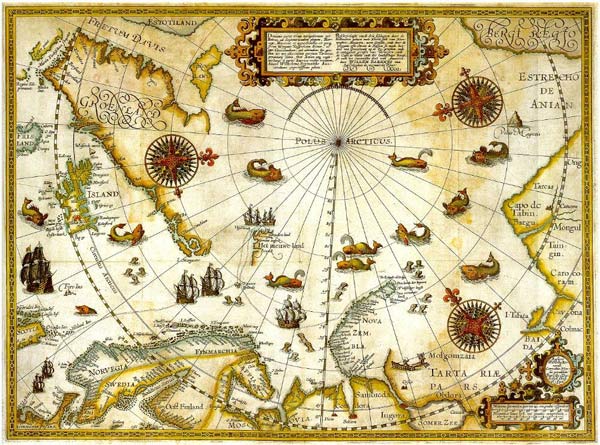
The Novaya Zemlya effect occurs in Arctic regions where tracts of cold air remain uniquely stable over hundreds of kilometers, creating a special instance of a meteorological temperature inversion. The distortion, powerful enough to bend light through four or five degrees, can make celestial bodies like the Sun or Moon appear wholly above the horizon when they are physically below it. (If you imagine looking at the horizon, five degrees is the same as ten Suns or Moons in a row.)
For hundreds of years, nobody believed Gerrit De Veer’s solar observations, and equally his report of a curiously displaced conjunction of the Moon and Jupiter. He must have counted the days wrong, or used the wrong sort of calendar. It took the corroborating reports of polar explorers like Shackleton and, as recently as 2003, ray-tracing simulations3 using contemporary atmospheric data, to fully vindicate De Veer.
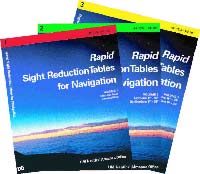
Time Travel with Starry Night
I’ve set up my own simulations of the celestial events reported by Shackleton and De Veer using the planetarium software Starry Night. The program can’t reproduce the ray traced refraction effects modeled by van der Werf et al3 – whose validity I’m not equipped to comment on by the way, but it’s still satisfying to check the published numbers and get a feel for what the events looked like all those years ago.
Shackleton’s Solar Observation
First up, the view from the Endurance in 1915:
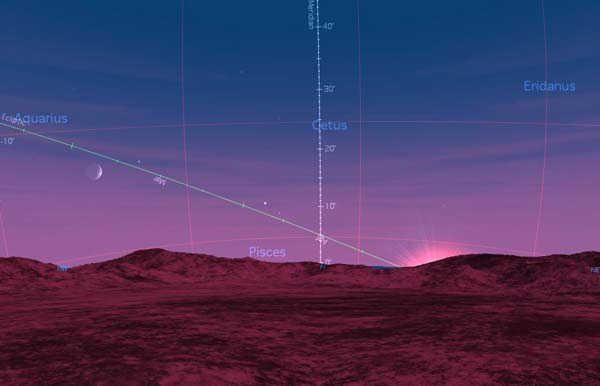
The horizon terrain here is generic Starry Night; apart from being icy-white, the true horizon would run perpendicular to and cross the graduated white Meridian line at zero (0) degrees. The green line is the Ecliptic. Things are clearer for our purposes, if less romantic, if we turn off the daylight effect and fancy terrain and zoom in a bit. It’s now clear the Sun was below the horizon when Shackleton reported seeing it: i.e. with reference to the Meridian on the left, the Sun looks about two and half degrees below the zero degree mark (Shackleton’s 2°37′):

Gerrit De Veer’s Solar Observation
Willem Barent’s crew, marooned 300 years earlier at the opposite end of the planet, made their observations from the ‘Behouden Huijs‘ at coördinates 76° 15.4′ North 68°18.6’ East, Novaya Zemlya. This view from the Huijs at 7 o’clock on the morning of 24th January 1597, shows the Sun was firmly below the horizon when Gerrit De Veer observed it – a whole 5°26′ below (horizon is perpendicular to the zero mark on the white Meridian line, green line is the Ecliptic):
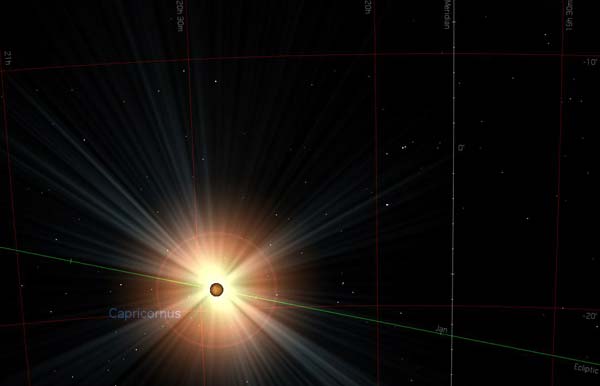
Gerrit De Veer’s Moon-Jupiter Conjunction
The Moon-Jupiter conjunction reported by De Veer physically happened at 0:14 UT on 25th January 1597 (there is a small error in the 0:24 UT time given in the contemporary tables by Scala that De Veer used). Like astronomers today, De Veer identified the moment of conjunction as the time when a line drawn along the shadow separating light from dark on the moon’s surface, the terminator, pointed directly at Jupiter, as in this photograph I took of the Moon-Jupiter conjunction of 21 January 2012:
Starry Night simulation of the De Veer conjunction
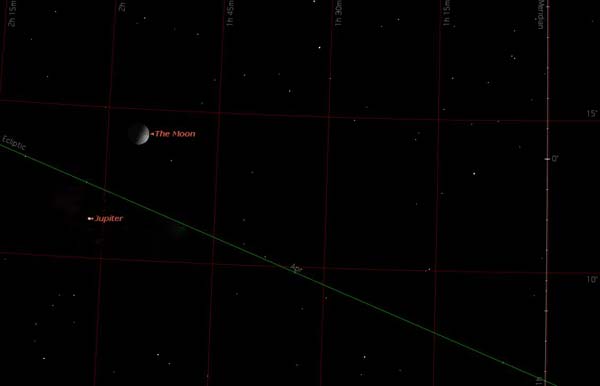
The Moon is barely above the horizon and Jupiter is below it (again, reference the zero on the white Meridian line).
Gerrit De Veer saw this view, but over an hour after it happened: i.e. at 01:27 UT not 00:14 UT. As van der Werf’s analysis explains, De Veer reported the conjunction at 6 a.m. local time, which was 4:33 hours ahead of UT. Such was the unbelievable power of the Novaya Zemlya effect to make this happen that few indeed believed it. De Veer learned about the conjunction from his copy of the Ephemerides of Josephus Scala which gave times for Venice. Here we pick up the story in De Veer’s own words and the spellings of his 1609 translator William Phillip:
Whereupon we sought to knowe when the same coniunction should be ouer or about the house where we then were; and at last we found, yt the 24 day January was the same day whereon the coniunction aforesaid happened in Venice, at one of the clocke in the night [= 1 in the morning of 25th Jan], and with vs in the morning when ye sun was in the east: for we saw manifestly that the two planets aforesaid approached neere vnto each other, vntill such time as the moone and Jupiter stood ouer the other, both in the sign of Taurus, and that was at six of the clocke in the morning;at which time the moone and Jupiter were found by our compas to be in coniunction, ouer our house..Gerrit De Veer 1597
Yet ray tracing the scenario 400 years later, with Jupiter two degrees below the horizon and the Moon just above it at conjunction, shows that atmospheric conditions raised Jupiter’s apparent position disproportionately to that of the Moon. Moreover, the simulation reproduced what De Veer saw at the time he saw it: a conjunction visible to him at around 02:00 UT. The ray tracing team made a further minor adjustment for the Equation of Time effect, which brought their estimate of when the conjunction was visible to De Veer as 06:20 local time, which is impressively close to his 06:00.)
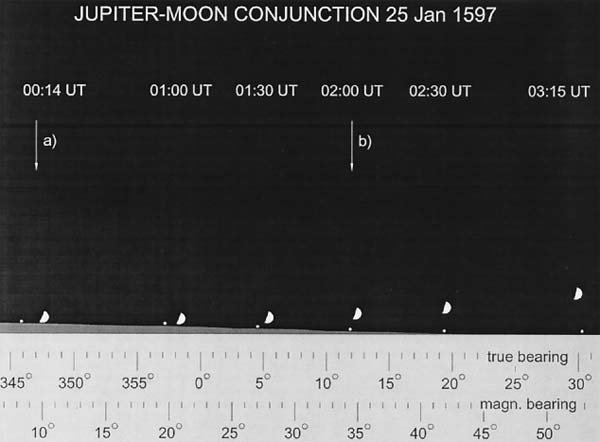
One More Thing
Although Gerrit De Veer’s vindication now seems complete, there was one little alarm bell went off during my research, concerning De Veer’s reference to both the Moon and Jupiter being in the constellation of Taurus at the time of conjunction. Zooming in to see the 1597 conjunction against modern constellation boundaries puts it well into Aries. So what gives?
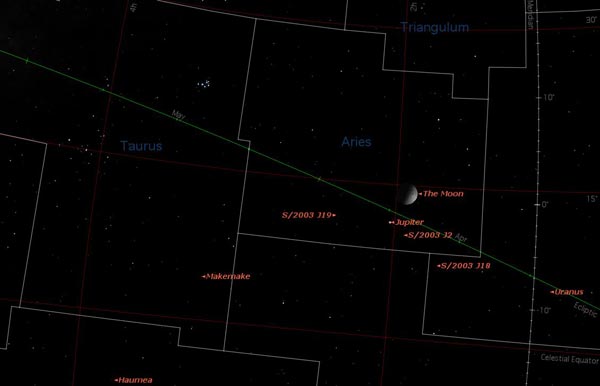
Maybe the constellation boundaries have changed; let’s have a look at Albrecht Dürer’s beautiful star chart from 1515. Here we see the belly of the bull tucks a little further under the ram than in modern charts, but the conjunction is still firmly in Aries.
Maybe the Moon made the stars in Aries harder to see that night. That might cause De Veer to focus on the sparkling Pleiades and Hyades clusters in Taurus. (I’d probably do that if I were standing in a freezing Arctic wasteland staring at the sky at six in the morning.)
Charles Beke4 also noticed the discrepancy in a 19th century analysis of the William Phillip translation. He points to a retrogression of the equinoctial points – the places where the celestial equator intersects the ecliptic. Since De Veer’s day, this will have shifted the positions of the constellations in terms of longitude and latitude relative to those references. Although that suggests De Verre placed the conjunction in whatever constellation the numbers dictated, rather than where he saw it? Still a bit of a mystery to solve then – at least in my mind.
References
- E. Shackleton, South: The Story of Shackleton’s Last Expedition 1914–1917, MacMillan, New York, 1920
- Gerrit De Veer, The Three Voyages of William Barents to the Arctic Regions (1594, 1595 and 1596). London, 1876 (translation of 1609 original).
- Gerrit de Veer’s True and Perfect Description of the Novaya Zemlya Effect, 24-27 January 1597, Siebren Y. van der Werf, Günther P. Können, Waldemar H. Lehn, Frits Steenhuisen, and Wayne P. S. Davidson; Applied Optics, Vol. 42, Issue 3, pp. 379-389 (2003)http://dx.doi.org/10.1364/AO.42.000379
- Charles T. Beke, The Three Voyages of Willem Barents to the Arctic Regions 1594, 1595 and 1596 by Gerrit de Veer, 2nd ed.William Phillip, trans., Hakluyt Society, London, 1876 (Page 147)
